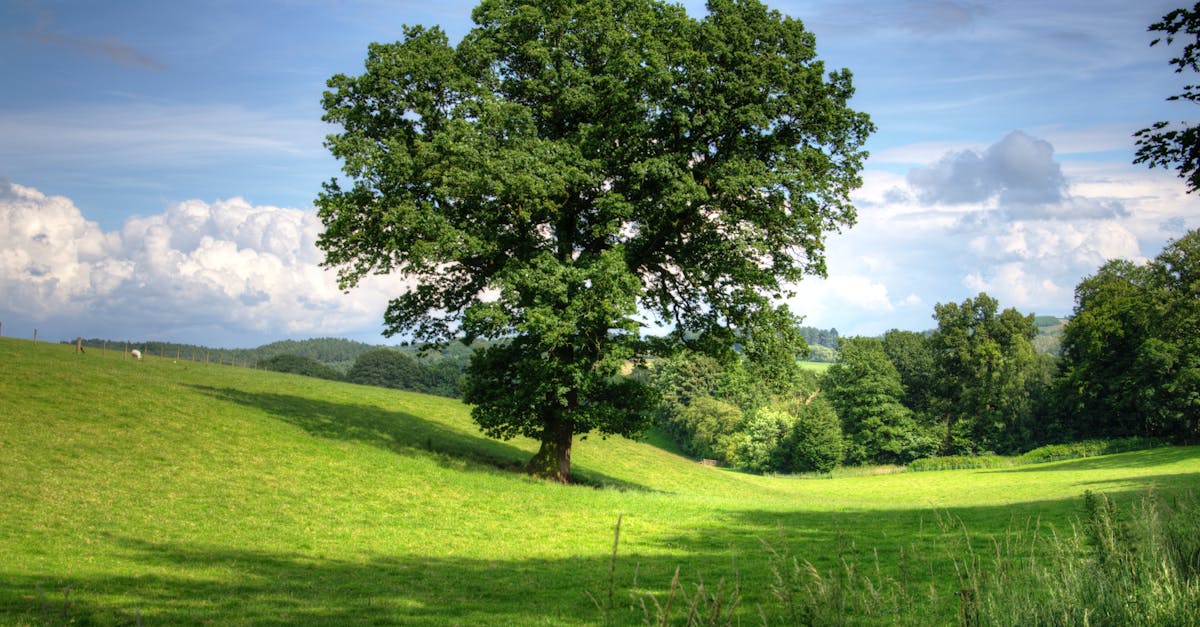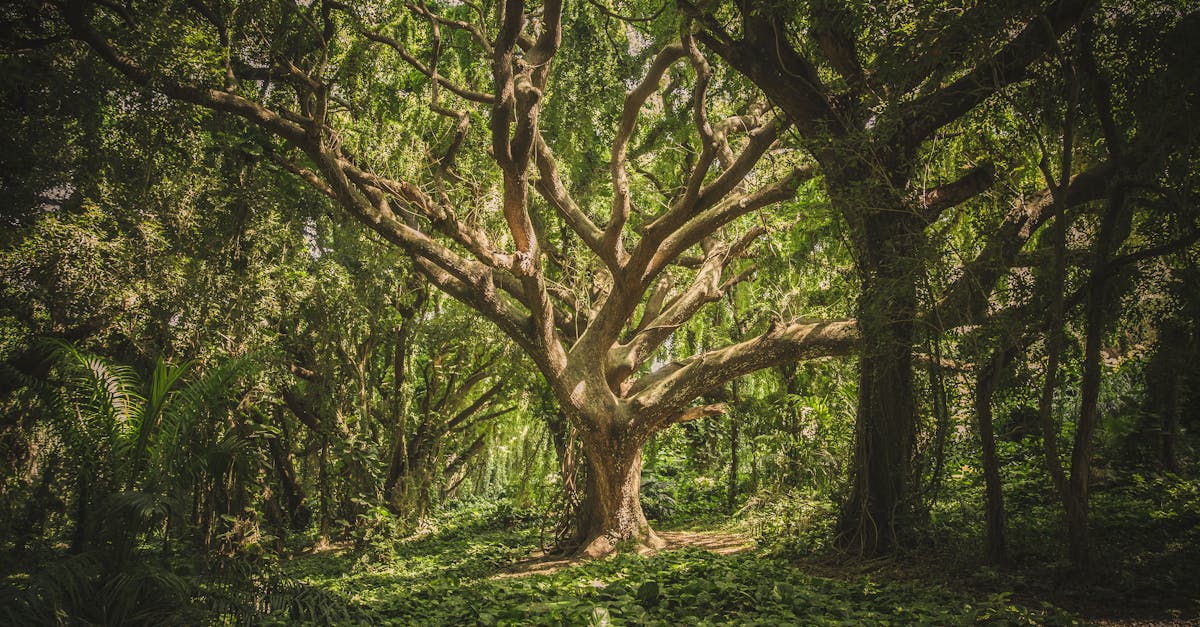
Limitations of Stump Grinding
Stump grinding can be an effective method for removing tree stumps, but it does have its limitations. One key drawback of stump grinding is the potential inability to remove the entire stump below the ground level. This can result in the stump regrowing, albeit at a slower pace, which may necessitate further grinding in the future to fully eradicate the stump. Moreover, depending on the size and species of the tree stump, the grinding process may require specialized equipment, making it impractical or costly for larger stumps.
Another limitation of stump grinding is its inability to address the lateral roots of the tree. While the visible portion of the stump can be effectively ground down, the underground root system remains untouched. This can lead to issues such as roots continuing to spread and potentially causing damage to nearby structures or plants. Additionally, the grinding process itself may generate a considerable amount of wood chips and debris, which could pose challenges for disposal and clean-up.
Access to the Stump
Access to the stump is a critical factor in determining whether to opt for stump grinding or complete removal. In cases where the stump is located in a confined space or close to structures, grinding might prove to be the more convenient option. Stump grinding can be accomplished with specialized equipment that can access tight spaces, making it an ideal choice for stumps that are challenging to reach with larger machinery.
On the other hand, stump removal by digging it up requires clear access to the site. This process usually involves heavy machinery and manual labor to excavate the entire stump and root system from the ground. If the stump is located in an area with limited access or close to delicate landscaping, digging it up may pose challenges and risks. Considering the accessibility of the stump is crucial in determining the most suitable method for its removal.
Environmental Impact of Stump Removal
Stump removal can have significant environmental implications, particularly when opting to dig it up. The process of digging up a stump involves heavy machinery and disruption of the surrounding area. Soil compaction, erosion, and damage to nearby vegetation are common consequences of this method. Additionally, the use of heavy equipment can lead to a longer recovery time for the soil and surrounding ecosystem.
In contrast, stump grinding offers a more eco-friendly approach to stump removal. By grinding the stump down to the ground level, the process minimizes soil disruption and preserves the integrity of the surrounding area. This method promotes natural decomposition of the wood and allows for new vegetation to grow on the site. Overall, the environmental impact of stump grinding is typically less severe compared to the alternative of digging up a stump.
Soil Disruption
Disrupting the soil during stump removal is an inevitable consequence of the process, regardless of whether you choose stump grinding or complete stump excavation. When opting for stump grinding, the equipment used to grind the stump into mulch will undoubtedly disturb the surrounding soil. The grinding process involves the mechanical disruption of the stump's root system, which can lead to compaction of the soil in the immediate vicinity of the stump.
The disruption caused by stump grinding can impact the soil structure and its ability to retain water and nutrients. Compacted soil resulting from the grinding process can hinder root growth of nearby plants and trees. Additionally, the mulch left behind after stump grinding may need to be incorporated into the soil to prevent it from forming a barrier that could impede water penetration and nutrient cycling.
DIY vs Professional Stump Removal
When considering whether to tackle stump removal as a do-it-yourself project or to hire a professional service, there are several factors to take into account. One of the primary considerations is the equipment required for the job. Stump grinding necessitates the use of heavy machinery that may not be readily accessible to an average homeowner. Renting or purchasing this equipment adds to the overall costs of a DIY project and may require a learning curve to operate safely and effectively.
Professional stump removal services are equipped with specialized machinery designed specifically for the task. Hiring experts to handle stump grinding ensures efficient and thorough removal, as they possess the necessary skills and experience to navigate various challenges that may arise during the process. Additionally, professionals are equipped to swiftly complete the job, leaving your property free of obtrusive stumps without the hassle and potential safety risks associated with a DIY approach.
Expertise Needed
Expertise is a crucial factor to consider when deciding whether to grind a stump or dig it up. Stump Grinding requires a certain level of skill and knowledge to operate the machinery effectively. Understanding the equipment and knowing how to maneuver it around obstacles is essential to ensure the job is done safely and efficiently. Moreover, having experience in stump grinding can help prevent potential accidents or damage to surrounding property.
Professionals trained in Stump Grinding techniques have the expertise needed to tackle different types of stumps effectively. They can assess the size and condition of the stump, choose the appropriate grinding method, and execute the task with precision. Additionally, professionals understand the safety protocols involved in stump grinding, minimizing risks and ensuring a smooth operation. Considering the expertise required for stump grinding, hiring a professional with the necessary skills and experience may be the most prudent choice for optimal results.
FAQS
Is stump grinding more cost-effective than digging up a stump?
Stump grinding is generally more cost-effective than digging up a stump because it requires less labor and equipment.
How long does it take to grind a stump compared to digging it up?
Stump grinding is a quicker process compared to digging up a stump, as it can typically be completed in a few hours versus the days or weeks it may take to dig up a stump.
Can stump grinding be done in areas with limited access?
Stump grinding is more suitable for areas with limited access, as it only requires a grinder to reach the stump, whereas digging up a stump may require heavy machinery that could struggle with narrow spaces.
What are the environmental impacts of stump removal?
Stump grinding has less environmental impact compared to digging up a stump, as it does not disrupt the soil as much and leaves behind mulch that can benefit the surrounding vegetation.
Is expertise required for stump grinding or digging up a stump?
Stump grinding can be done by individuals with basic training, while digging up a stump may require more expertise and experience to operate heavy machinery safely.
